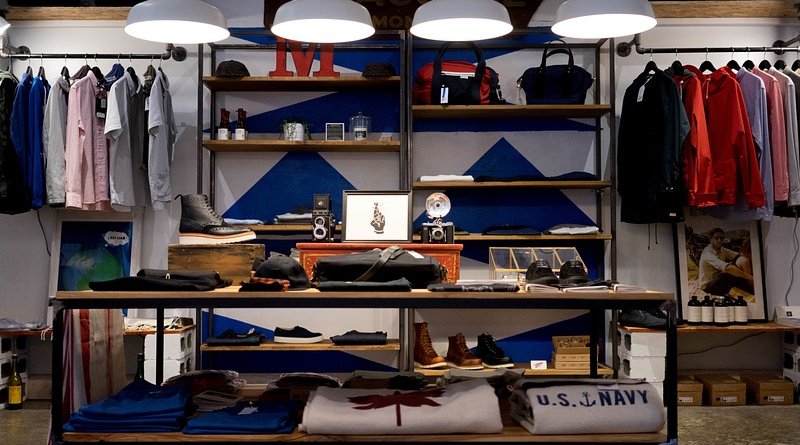Designing The Optimal Supply Base: How Many Suppliers?
By IESE Insight
For companies, deciding on an optimal supply base is a challenge with major financial and practical ramifications. Too few suppliers limits business options and flexibility. Too many can be expensive and unwieldy, frequently involving audits, burdensome qualification procedures and other logistical headaches.
What’s more, determining supplier numbers often seems a matter of guesswork. But IESE’s Victor Martínez de Albéniz and Jiao Wang say that supply-base design is too important to leave to chance. They propose a new framework for certain companies to optimize their supply base, showing that when profitability varies strongly across groups of suppliers, large supply bases work to offset unpredictability. However, when profitability is less variable within groups, a smaller supply base may be the way to go.
The framework was developed to better understand the sourcing of innovative items — such as fashion goods in a wide ranges of styles — but the mathematical model can also help in other optimization questions. For example, it might help pinpoint the optimal number of candidates to interview to fill a certain number of positions, the co-authors note.
Functional vs. innovative
Designing your ideal supply base depends on your products and demand patterns. The authors start by dividing products into two categories — “functional” and “innovative.” Functional products have relatively predictable demand — think cars — and therefore a fairly simple supply base.
But with innovative products, demand fluctuates, and it’s more difficult to design an optimal supply base. Companies must weigh the risks and opportunities of increasing their number of suppliers. It’s difficult to predict success in spaces like fashion, and so companies may need to “bet” on a wider range of suppliers to keep on top of trends and maximize profitability.
For example, Inditex, the fast-fashion market leader behind Zara and many other brands, used 1,725 suppliers with more than 6,000 factories across four different continents in one year, at considerable cost. How can such a company optimize their network of suppliers for maximum efficiency? That is the researchers’ key question.
A new model
The co-authors’ framework considers two main phases for working with suppliers. First is the planning phase, where a company decides how many suppliers to include in each possible group of their supply base. As in the case of Inditex, this is a way of “betting” on multiple suppliers with different levels of upside potential before placing risky orders.
In the second phase, the company makes execution decisions based on early sales numbers and other market signals to determine precisely what to produce and from which suppliers. For Inditex, this means assigning factories around the globe to production.
The authors provide two potential supplier group scenarios and apply their framework, suggesting an optimal supply-base design for each, and drawing out lessons:
1. Variable profitability: In this first case, for an innovative business like Inditex, product demand is unstable, and the optimal model is to have more suppliers than products needed. Companies in this situation are right to “bet” on different suppliers because of the upside potential. Even so, managers need to keep in mind that the benefits of having more suppliers begin to peter out when there are high per-supplier costs. On the other hand, benefits grow with design uncertainty and large production numbers.
2. Correlated profitability: When supplier profitability is correlated across a group, a smaller supply base works, and the authors recommend a conservative approach to adding suppliers with more stable groups.
In short, the co-authors’ framework takes some of the guesswork out of designing supply bases for optimal results.
Martínez de Albéniz is indebted to the European Research Council (ERC-2011-StG 283300-REACTOPS) and the Spanish Ministry of Economics and Business (ECO2014- 59998) for their support.

